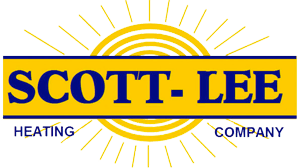Breathing Easier With Air Ionization Technology: The Future of Clean Indoor Air in St. Louis Homes
Indoor air quality is more than a comfort issue; it’s also a health priority. Homeowners want cleaner indoor air so that their families enjoy reduced pathogen exposure, fewer allergy symptoms, and improved overall wellness. Traditional purifiers and air filters help reduce pollen and dust, but they often come up short against odors and microscopic contaminants. This is where air ionization technology comes into play. With active neutralization of pollutants occurring at the molecular level, ionization represents a next-level approach that elevates indoor air purification beyond standard solutions. Why Indoor Air Quality Matters More Than Ever Indoor air quality (IAQ) is a growing concern for many households. People are spending more time inside, whether relaxing, studying, or working. In any case, the air you breathe inside plays a substantial role in your overall health. The U.S. Environmental Protection Agency (EPA) states that indoor air can be two to five times more polluted than outdoor air, making purification solutions crucial. Pet dander, dust, pollen, spores, and volatile organic compounds (VOCs) are all contributors to indoor pollution. Additionally, viruses and bacteria can linger when they’re inside enclosed environments, which increases the chances of illness. Traditional purifiers and filters are helpful, but many households...
View Article Read More